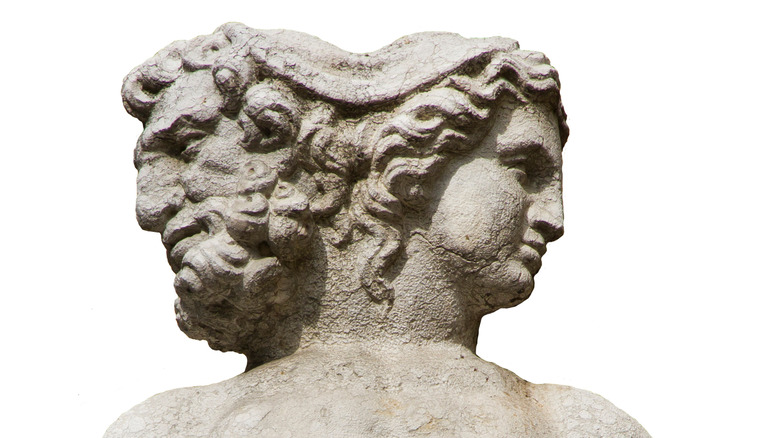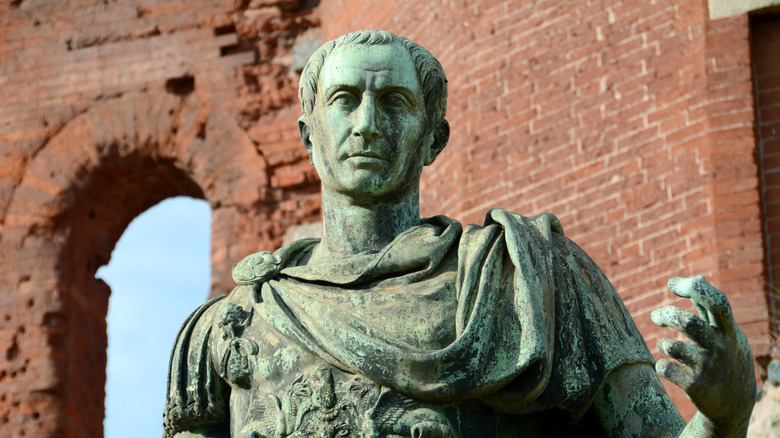This Is Why The New Year Starts On January 1
In ancient Rome, calendars initially looked very different from today. The New Year began on the vernal equinox — the first day of spring, when day and night are equally long (via History). The year was only 10 months, based around the lunar cycle. This explains why September, October, November, and December have names that correspond to the numbers seven, eight, nine and 10, each name placing them two behind their actual place in the calendar (via British Museum).
To keep the calendar more in touch with the seasons, the leader Numa Pompilius is often credited with adding the months of January and February. January made a lot of sense as the name of the first month — "Janus" was the Roman god of beginnings, according to Britannica. This calendar was an improvement, but because it was still based on the lunar cycle, it, too, eventually fell out of touch with the seasons. Though New Year's Day may have been on January 1 in 100 B.C., it was not the same January 1 we have today — it was off by a couple of days (via Planet Calc).
A year of 445 days
Then, almost 2,067 years ago, the calendar was reformed under Julius Caesar, who solved the calendar drift by basing the year around the sun, rather than the moon (via History). This idea was already in use by the Egyptians, though their calendar began in autumn, not January (per EarthSky).
But getting off the old lunar calendar and onto the new system was tricky. For January 1 to begin in 45 B.C. (which then had the date of 709, since years back then were measured in time since the traditional founding of Rome, per JSTOR), extra days needed to be tacked onto the preceding year. Thus, 46 B.C. had 445 days, giving it the nickname of annus confusionis or "year of confusion."
Julian's calendar was widely adopted (the Roman Empire, after all, was very big). But as the empire declined and the association of "Janus" with "beginnings" faded, people began celebrating New Year's whenever they felt it was most culturally appropriate — placing it on Christmas or the Feast of the Annunciation in March, for instance (via Britannica). The calendar had other issues as well — leap days occurred every four years, omitting the modern rule surrounding centurial years (per HowStuffWorks).
In 1582, Pope Gregory XIII tweaked the Julian calendar, fixing these issues. Some Protestant countries, however, were slow to adopt his upgrades. Great Britain and the American colonies, for instance, celebrated New Year's Day on March 25 until 1752.

